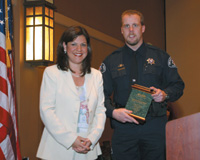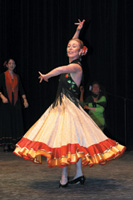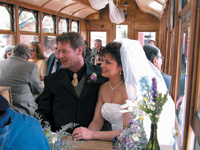My Immersion Method For Cardiac Digital Conversion
Photography is a wide-ranging
field that engenders passion in its practitioners, and like all great
forms of expression creates opinions formed through experience and reflection.
In its early days one of the great debates was: Is Photography Art?
This was the subject of many essays and heated discussions among players
and spectators. Today, issues such as film vs. digital, format choices,
the validity of computer generated images, photography as exploitation
or revealer, and even the merits of ink jet vs. silver prints cause
similar debate. We are opening this department up to readers, manufacturers,
and retailers--in short, everyone who lives and breathes photography
and who has an opinion about anything affecting imaging today. |
|||
I decided we were converting
to digital overnight. Fortunately no one told me this was a stupid idea
at best; not knowing the first thing about anything digital has proved
to be our amazing road to success! I did know two things: first, more
than 30 years of film, studio, and people skills remain an unbeatable
foundation. Second, school lessons learned early about how to research,
study, and develop technique are the most valuable tools. |
|||
Risky Business More Do-It-Yourself Getting Info |
|||
Digital In The Field Sara Frances is the president and chief photographer of The Photo Mirage Inc., based in Colorado. A 30-year plus photo veteran, Frances is the author of a recently published book (Amphoto) "Elegant Black and White Wedding Photography." Over the years she has photographed over 4000 weddings and events. A Master Photographic Craftsman and Associate Degree holder of the American Society of Photographers from PPA, Frances is also an Epson Gemini Inkjet System mentor, an Accutech image coating system mentor, a nik multimedia mentor, and a Creative Uses Consultant for Polaroid. |
- Log in or register to post comments





































